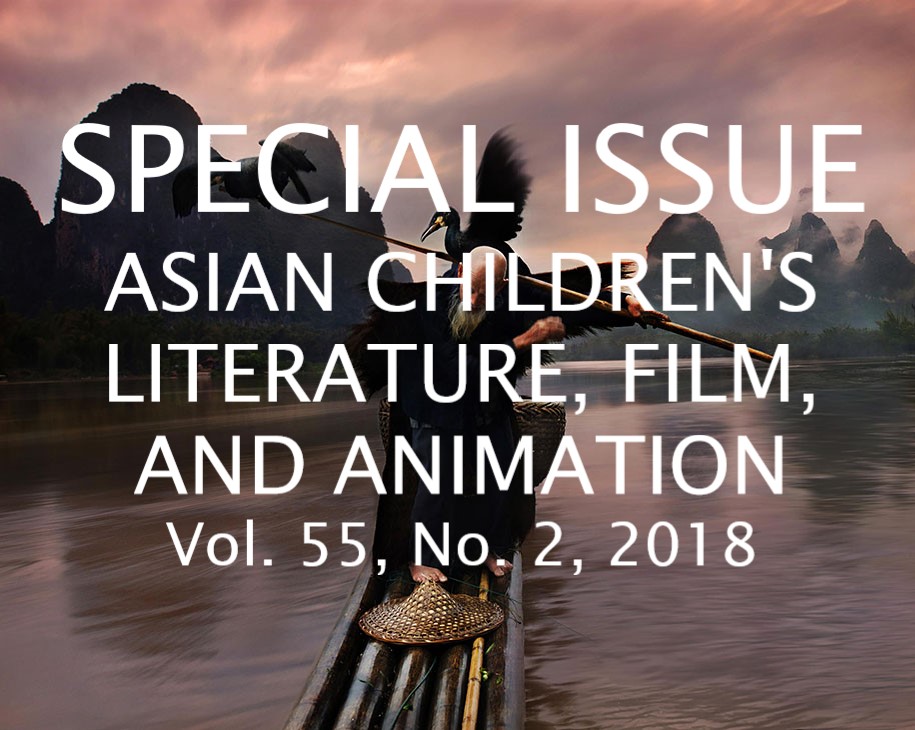Mapping Contemporary South Asian Children’s Fiction: Contentions and Contestations in Mitali Perkins’ <em>You Bring the Distant Near</em> and Sowmya Rajendran’s <em> The Lesson</em>
Main Article Content
Abstract
The spectrum of South Asian children’s fiction offers an intriguing diversity of content. In recent times, several emerging novelists associated with the genre have made telling contributions to its thematic advancement in relation to the social and cultural mores of the region. Much of contemporary South Asian children’s fiction revolves around socio-cultural and political heterogeneities, and the characters featured in children’s texts are often employed by their authors to reflect on the transformations that have taken place in Indian society. These recent changes in cultural values, the economy, communication technologies, and global connectivity, to name only a few, have led novelists to re-evaluate issues such as societal and individual identity crises, gender discrimination, and cultural hybridization. Rapid advancements in transport systems, coupled with the liberalization of economic frameworks, have ensured that the generic boundaries of South Asian children’s fiction are now depicted as less rigid and more protean. Mitali Perkins and Sowmya Rajendran, each of whom has begun to explore issues such as acculturation in diasporic communities, discrimination, and identity politics, against the backdrop of the dynamic socio-cultural fabric of South Asia, are two such emerging children’s novelists. While in the novel, You Bring the Distant Near (2017), Perkins deals with the problems of acculturation encountered by children, Rajendran focuses on the different issue of the exploitation of the female body in her dystopian novel, The Lesson (2015), which lays bare the insecurities of women living in such a society and has a close relevance to current issues affecting the lives of women in South Asian societies. Unlike other fiction in this genre, Rajendran’s narrative is meant to open the eyes of young female children, many of whom, upon reaching adulthood, must face the harsh and ineluctable reality of the marginalization and abuse of the female body in a patriarchal society. Taking recourse to relevant theoretical insights, this article seeks to examine and question the subjective interventions of both Perkins and Rajendran into understandings of diaspora and the female body, respectively.
Downloads
Article Details
Copyrights of all materials published in SARE are retained by the authors. Authors may republish their work or grant others permission to republish it. We would be grateful if republication is accompanied by an acknowledgment that the work was originally published in SARE.
